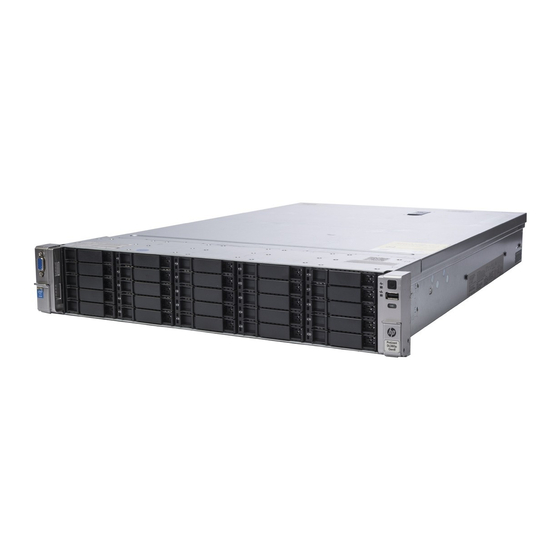
Table of Contents
Advertisement
Quick Links
HP ProLiant Servers
Troubleshooting Guide
Abstract
This document describes common procedures and solutions for the many levels of troubleshooting for HP ProLiant G7 and earlier servers. This
document is intended for the person who installs, administers, and troubleshoots servers or server blades. HP assumes you are qualified in the
servicing of computer equipment and trained in recognizing hazards in products with hazardous energy levels.
Part Number: 375445-403
October 2011
Edition: 12
Advertisement
Table of Contents
Troubleshooting





Need help?
Do you have a question about the ML530R - HP ProLiant - 128 MB RAM and is the answer not in the manual?
Questions and answers